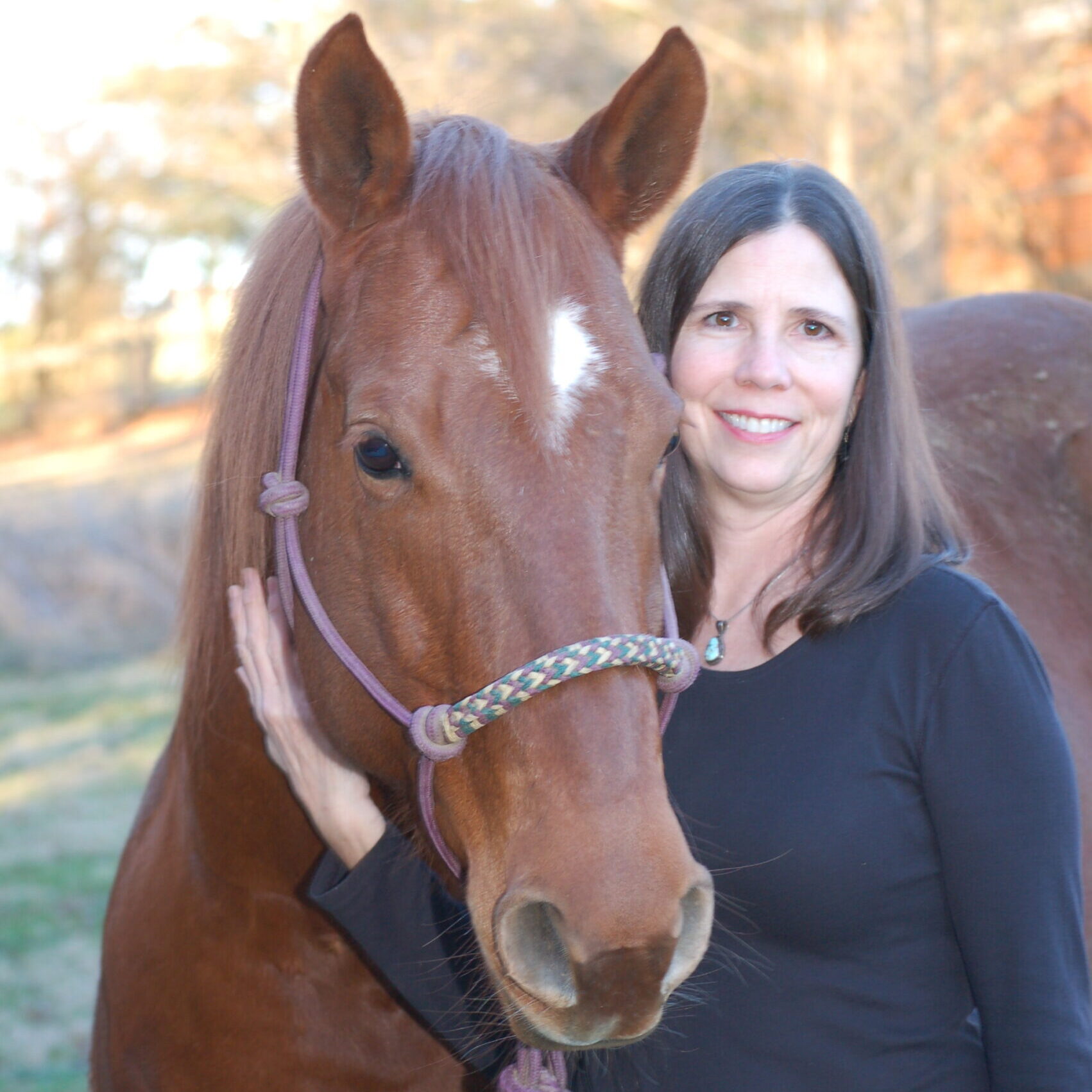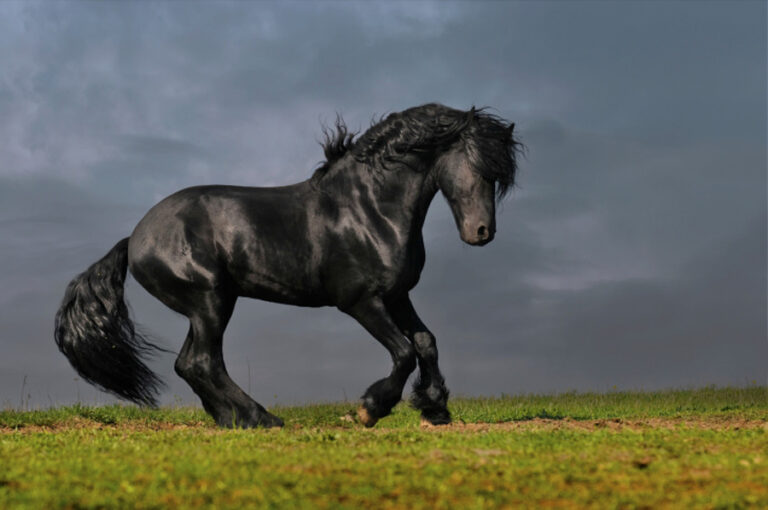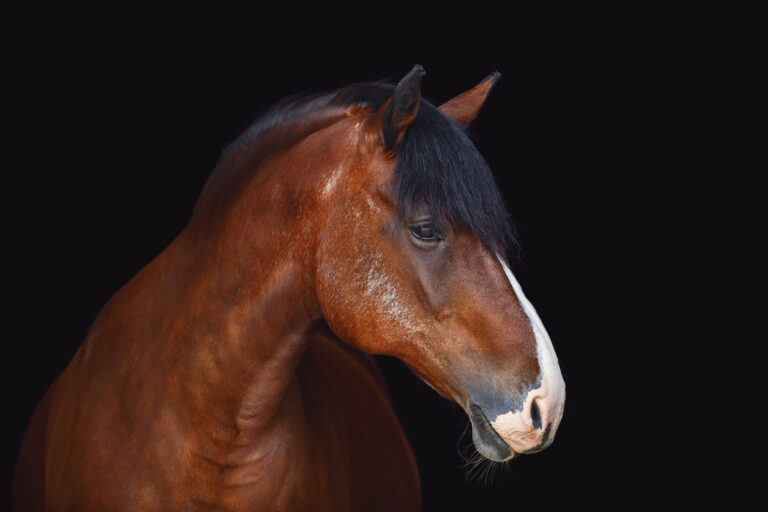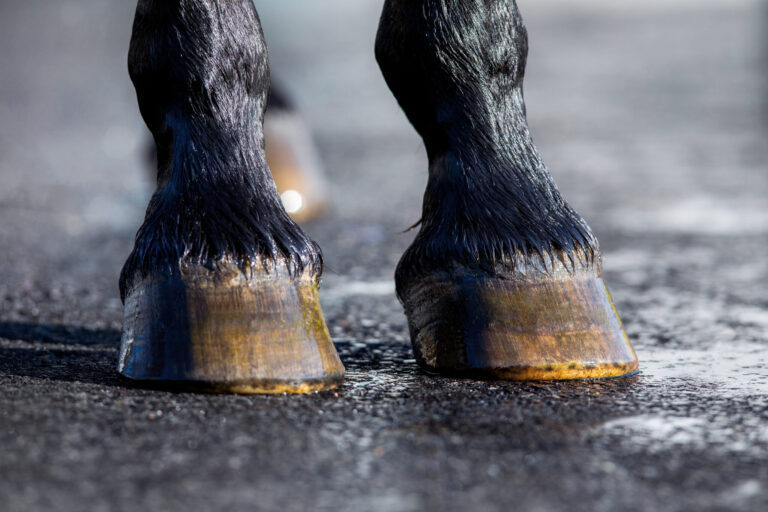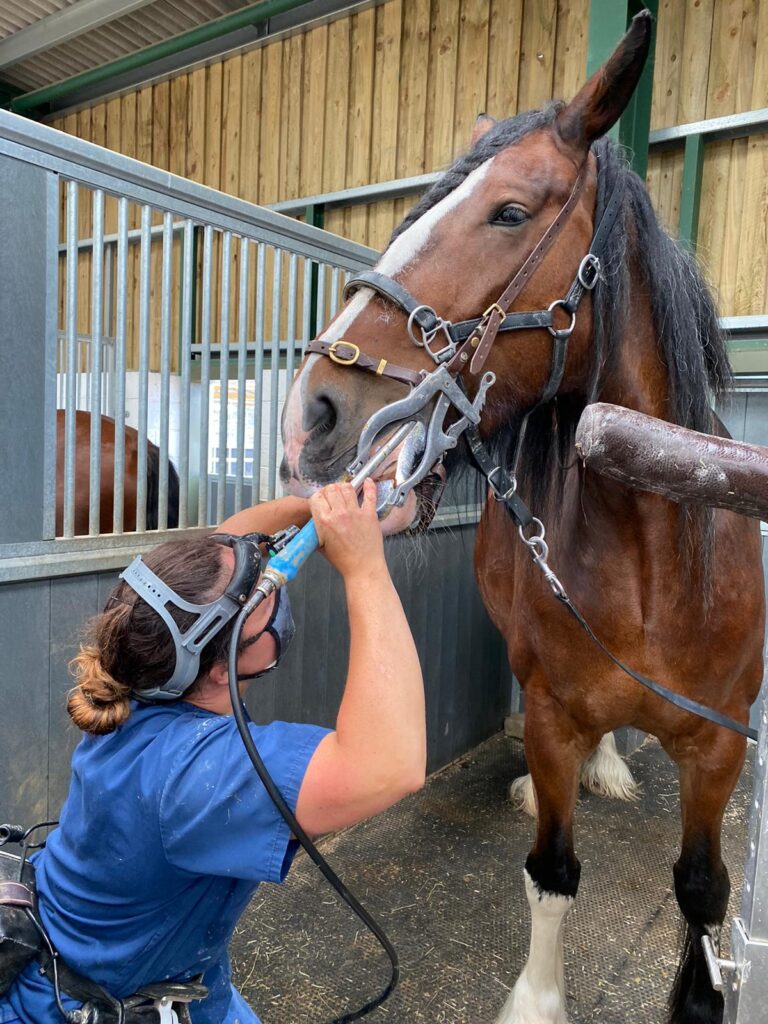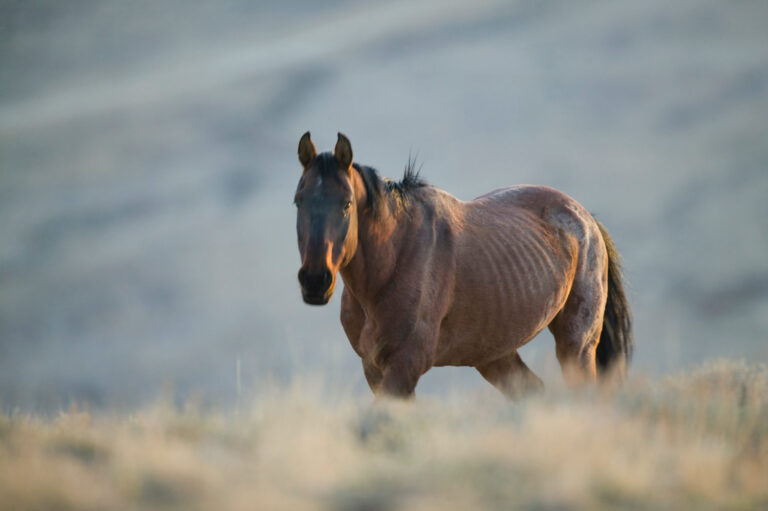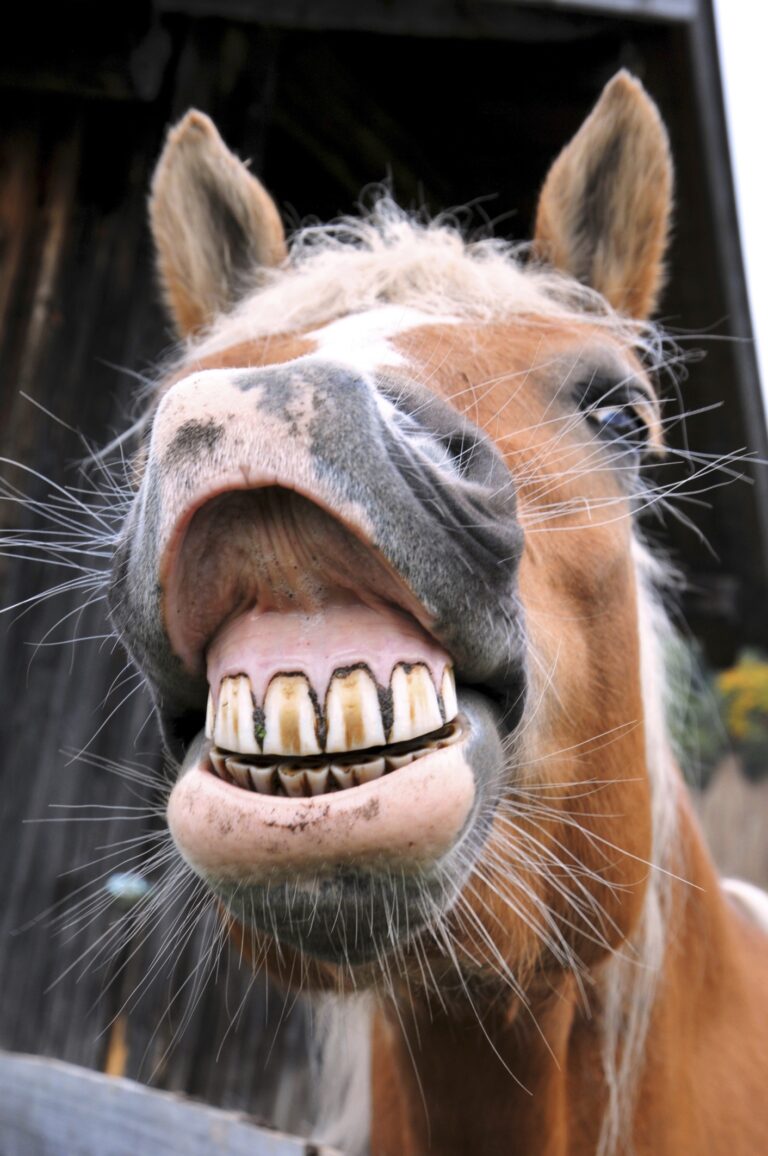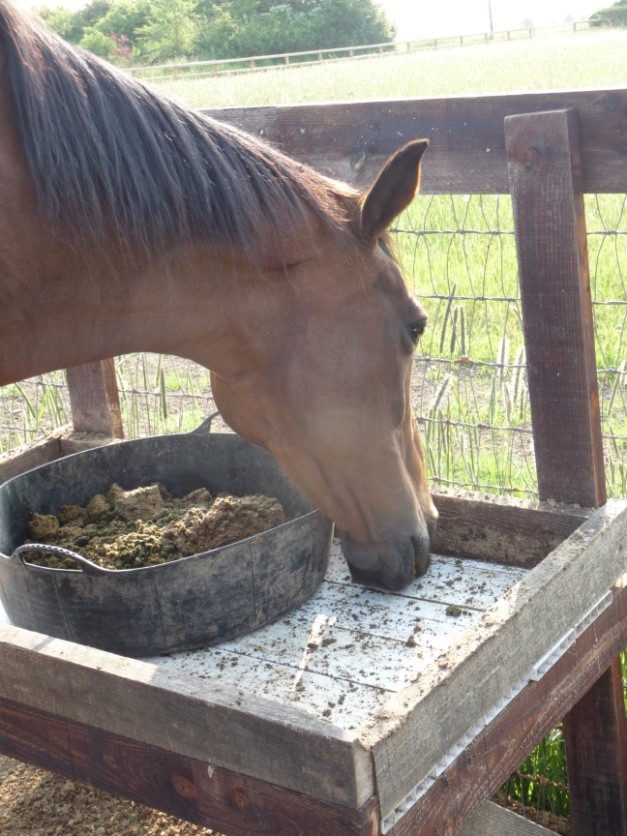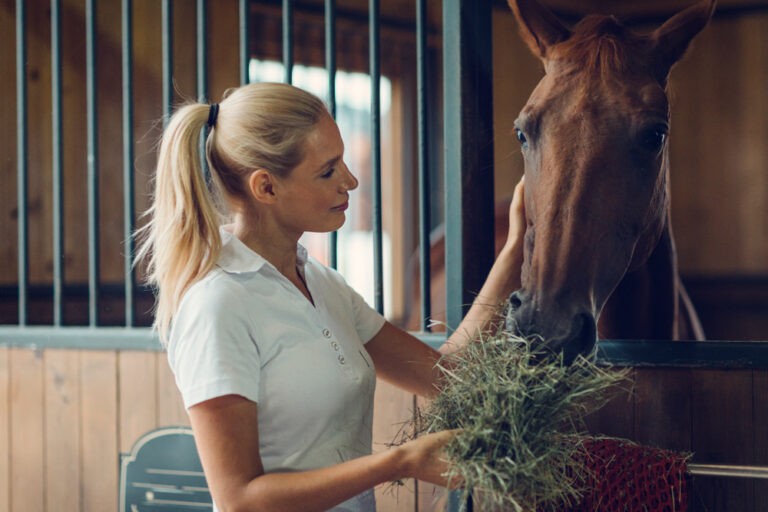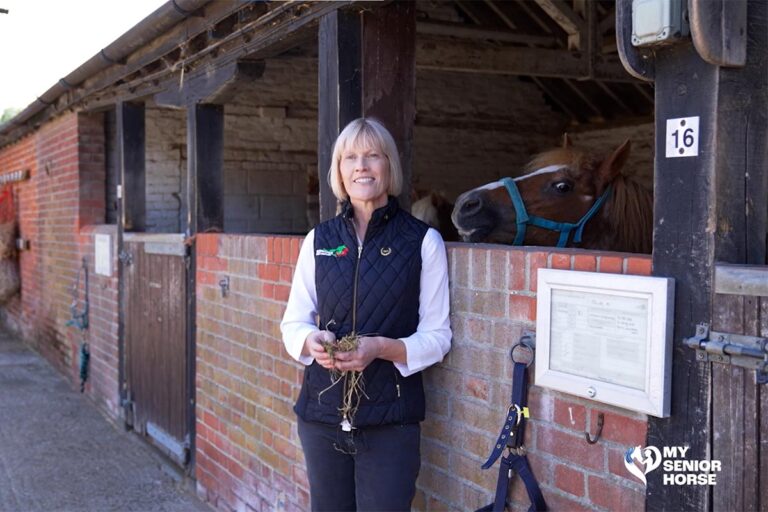There are issues with hoof care that senior equids can experience. In this podcast, we speak with veterinarian and Certified Farrier Dr. Carlos Carvajal. He is a member of the Podiatry department at Rood and Riddle Equine Hospital in Kentucky. Carvajal also collaborates with Colorado State University as an instructor for the Equine Podiatry teaching program. He is originally from Guadalajara, Mexico. Carvajal moved to Kentucky in 2017 to pursue his passion: Equine Podiatry. He focuses in therapeutic shoeing, corrective trimming and shoeing for young horses, sport horse shoeing, and any pathologies in the horse’s foot.
As an added bonus, Carvajal presents this information in Spanish in the player below!
(Editor’s note: The content of this podcast is the expert’s approach to the topic. Please consult with your practitioner if you have questions.)
This is the podcast in English from Dr. Carvajal.
The same podcast is available in Spanish from Dr. Carvajal in the below player.
Laminitis in Senior Horses
Carvajal works with many breeds of horses, including a lot of ‘geriatric’ patients. “You know, some pathologies can become more severe or be more common in older horses,” he noted.
He said laminitis is one of the most common problems that veterinarians and farriers work with in senior horses. “We could talk for hours about laminitis,” Carvajal said. “It is a very complex pathology, and there are different types of presentations.”
In this podcast, Carvajal focused first on chronic laminitis. He said this develops due to a disorder in the regulation of insulin.
“I don’t want to go any deeper in this topic, because you have other episodes that cover it perfectly,” he said. (See Further Reading below). “But in general, there are trigger factors that get activated and will have an adverse effect in the lamella, causing its destruction. That ends up in the separation of the coffin bone from the hoof wall and rotation, sinking, or a combination of the two of P3 (the third phalanx or coffin bone).”
Chronic Laminitis
He said chronic laminitis tends to be slower and more silent, “causing some changes of the internal structures of the foot with very subtle clinical signs. So, most of the time, by the time the owner observes the horse is not doing right, the laminitis has being going on for probably days, months, or even years.”
Senior horses can have recurrent episodes of laminitis. “Most of the time there is an acute on chronic presentation when the horse has the classical signs,” he explained. “Short steps or reluctance to walk, especially sore on the tight turns, leaning back on their hinds, increased digital pulses, heat on the foot, and sensitive over the sole.
“Chronic laminitic horses can have multiple episodes during their lives,” he said. “That’s why is very important to have a complete management program that includes your vet and your farrier.
“Once we know we are dealing with a chronic laminitic horse, we have to take care of the integrity of the foot,” Carvajal continued. “My biggest goal is to promote the growth of a strong hoof, and to preserve its structure as much as I can over the shoeing or trimming cycles.”
He said veterinarians use of X-rays to determine what mechanical help each particular horse needs and to monitor treatment.
Laminitis-Associated Hoof Care
Laminitis can include some other foot problems as a consequence of the damage. Following is a list of some of these issues.
- Foot abscesses can occur with frequency. Commonly they will drain at the toe area.
- Hoof wall separation occur as a result of the detachment of the coffin bone from the hoof wall. The forces involved will create a space between the sole and the hoof wall that veterinarians can observe from the bottom of the foot at the toe area.
- In the same way they can observe a distortion of the dorsal hoof wall. Carvajal said it is that “dishy” aspect or concavity of the dorsal hoof wall. It can become more severe if a mechanical treatment (hoof care) is not correctly applied.
- Uneven growth rings also can be observed in horses with laminitis. These horizontal lines can be seen all the way around the hoof wall in chronically laminitic horses. He said the spaces between rings are narrower at the toe and wider at the heels.
- Some of the most chronic and severe laminitis cases can present toe cracks that are difficult to resolve.
- White line disease also can be an issue in these senior laminitic horses.

Navicular Issues
Veterinarians and farriers also deal with navicular problems in senior equids. Due to this problem’s degenerative characteristics, lameness can become worse over the time.
“For this reason, navicular also requires a very specific mechanical treatment that needs to be guided and monitored with X-rays,” said Carvajal. “My goals are to provide shock absorption and protection to the back part of the foot and to reduce the pull of the deep digital flexor tendon to reduce the stress that this creates on the navicular area.”
Other Senior Hoof Care Issues
He said there are some minor problems that owners will see in senior horses. This can include brittle hooves and superficial cracks. Carvajal said these can be a challenge for the senior horse’s owner.
Final Words
“I think for these last problems, nutrition and constant farrier work are the key,” said Carvajal. “Also, I like to use some hoof hardeners when the foot gets too soft and some hoof oils when they get too dry.
“In Kentucky, we can go from one extreme to the other in a few days,” he said. “So I like to play with the different products.”
He said the best advice he can offer about senior hoof care is to observe your horse. “If you are familiar with his normal behavior and appearance, you will be able to catch those little changes on time,” he said. Then you should communicate them to your vet and farrier so they can create a proactive treatment plan to achieve a better outcome.
“When it comes to senior or retired horses, some owners can think that it will be easier to maintain them,” said Carvajal. “Ideally, I like to keep this type of horses barefoot. But there are some cases when that is impossible and some intense podiatry work needs to be done.
“Keep in mind that taking proper care of your horse’s feet will be rewarded with the longevity of your horse and the best quality of life that you can give to him,” he said.
Further Reading
- My Senior Horse Podcast: Insulin Dysregulation. Dr. Nicola Menzes-Gow. MySeniorHorse.com
- Assessing Your Animal’s Risk of Laminitis.
- Possible New Equine Insulin Dysregulation Treatments. Kimberly S. Brown. MySeniorHorse.com
- Feeding Horses and Ponies Prone to Laminitis Part 1 and Part 2. Sarah Nelson. MySeniorHorse.com
- My Senior Horse Podcast: Laminitis Risks. Dr. Edward Knowles. MySeniorHorse.co
- The Role of Insulin in Equine Laminitis. Dr. Melody de Laat. MySeniorHorse.com
- Horse Breeds, PPID, and Insulin Dysregulation. Kimberly S. Brown. MySeniorHorse.com
- Possible New Insulin Dysregulation Treatments. Kimberly S. Brown. MySeniorHorse.com
- Owner Understanding of PPID in Horses. Kimberly S. Brown. MySeniorHorse.com
- What is Cushing’s Disease in Horses? Dr. Edward Knowles. MySeniorHorse.com
- Diagnosing Cushing’s Disease in Horses, Donkeys, and Mules
- Owner Understanding of Cushing’s Disease in Horses
- Developing a Feeding Plan for Your PPID Horse or Pony. Dr. Pat Harris. MySeniorHorse.com
- What is PPID and Why Should We Care? Dr. Hal Schott. MySeniorHorse.com
- My Senior Horse Podcast: PPID Part 1. Dr. Hal Schott. MySeniorHorse.com
- My Senior Horse Podcast: PPID Part 2. Dr. Hal Schott. MySeniorHorse.com
- My Senior Horse Podcast: PPID Part 3. Dr. Hal Schott. MySeniorHorse.com
-
Kimberly S. Brown is an award-winning writer and publisher. She is the Editorial Director for My Senior Horse. Brown spent 10 years at Equine Network, parent company of My Senior Horse. Prior to that she worked for three years in equine nutrition after she retired from nearly 30 years working at The Blood-Horse. Brown spent the last 15 years of her time at that organization creating and developing The Horse and TheHorse.com.View all posts


